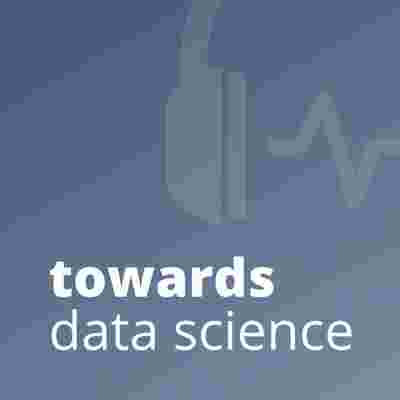

Until recently, very few people were paying attention to the potential malicious applications of AI. And that made some sense: in an era where AIs were narrow and had to be purpose-built for every application, you’d need an entire research team to develop AI tools for malicious applications. Since it’s more profitable (and safer) for that kind of talent to work in the legal economy, AI didn’t offer much low-hanging fruit for malicious actors.
But today, that’s all changing. As AI becomes more flexible and general, the link between the purpose for which an AI was built and its potential downstream applications has all but disappeared. Large language models can be trained to perform valuable tasks, like supporting writers, translating between languages, or write better code. But a system that can write an essay can also write a fake news article, or power an army of humanlike text-generating bots.
More than any other moment in the history of AI, the move to scaled, general-purpose foundation models has shown how AI can be a double-edged sword. And now that these models exist, we have to come to terms with them, and figure out how to build societies that remain stable in the face of compelling AI-generated content, and increasingly accessible AI-powered tools with malicious use potential.
That’s why I wanted to speak with Katya Sedova, a former Congressional Fellow and Microsoft alumna who now works at Georgetown University’s Center for Security and Emerging Technology, where she recently co-authored some fascinating work exploring current and likely future malicious uses of AI. If you like this conversation I’d really recommend checking out her team’s latest report — it’s called “AI and the future of disinformation campaigns”.
Katya joined me to talk about malicious AI-powered chatbots, fake news generation and the future of AI-augmented influence campaigns on this episode of the TDS podcast.
***
Intro music:
➞ Artist: Ron Gelinas
➞ Track Title: Daybreak Chill Blend (original mix)
➞ Link to Track: https://youtu.be/d8Y2sKIgFWc
***